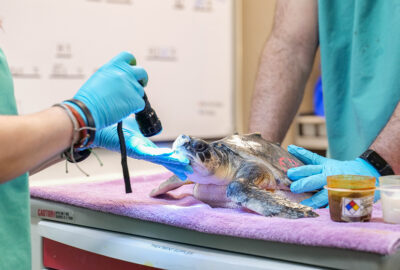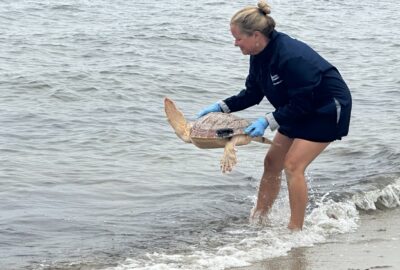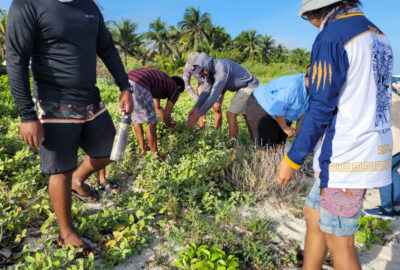What Happens After a Sea Turtle is Disentangled?
By Kara Dodge, PhD on Thursday, December 29, 2022

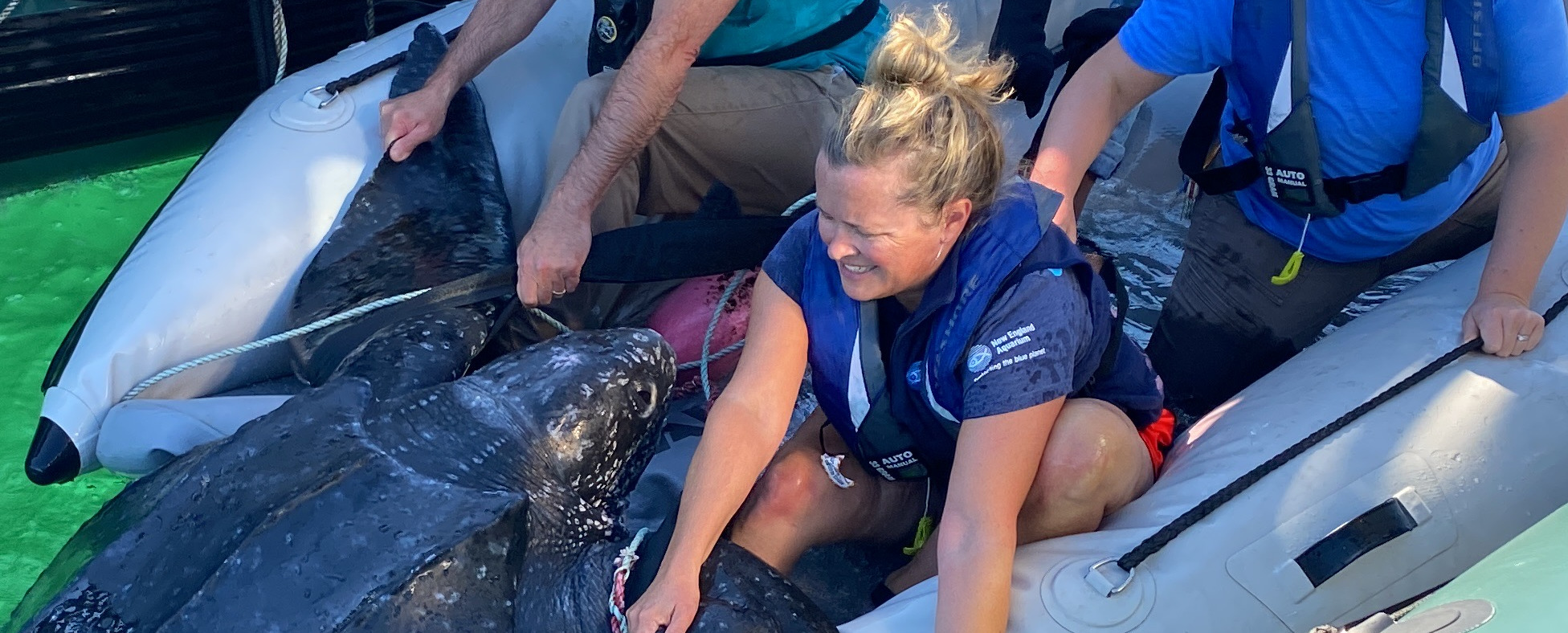
Sea turtles that feed and migrate in coastal waters can become accidentally ensnared in ropes. In New England, most of these ropes are associated with trap/pot fisheries. Fortunately, there is a trained team of disentanglement experts who help these turtles when they’re in trouble — but what happens after the ropes are removed and the turtle swims away?
In 2019, our team set out to understand the post-release survival of disentangled turtles using a combination of health assessment and tagging. In this Q&A, we tell you what we’ve learned so far, some of the challenges we’ve faced, and ways that the public can help!
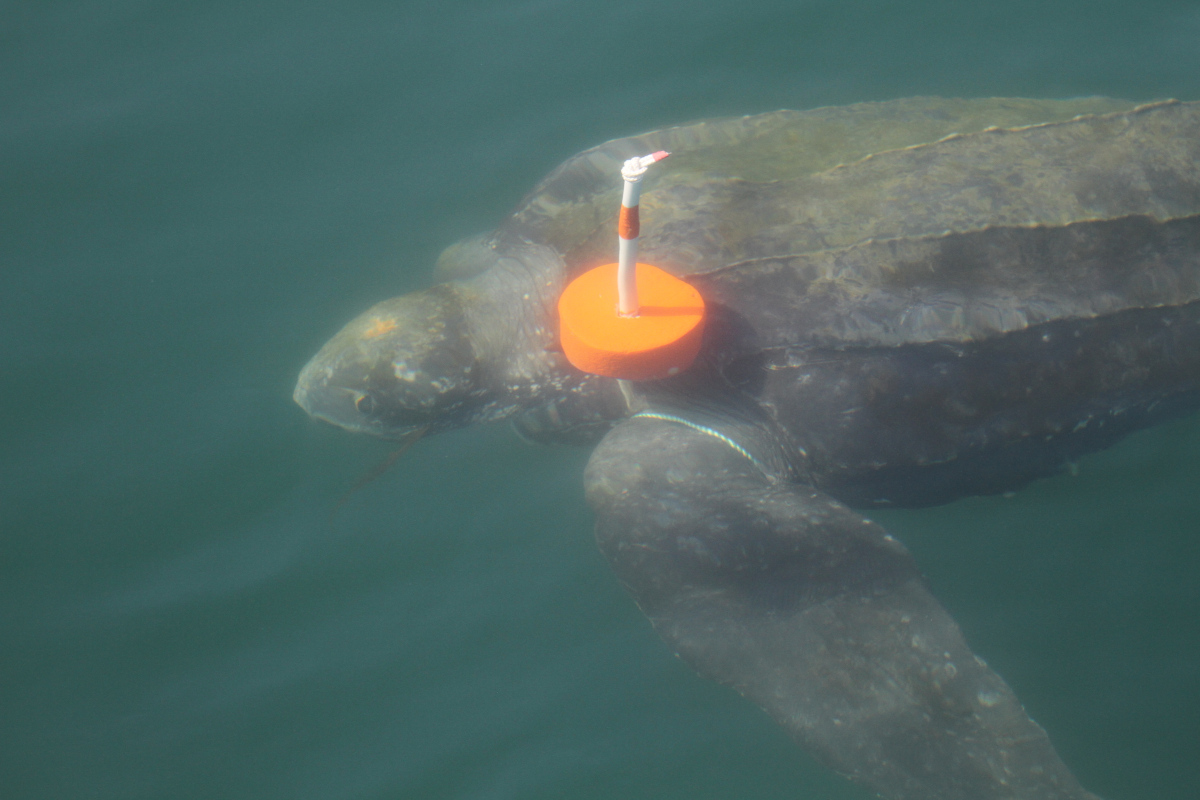
What kinds of sea turtles get entangled, and how do you find out about them?
Our project focuses on entanglements in Massachusetts, which almost always involve leatherback sea turtles, including male and female adults and juveniles. This makes the work extra difficult because these are the largest living sea turtles in the world, with some adults weighing over 1,000 pounds and measuring over six feet in length! They have extremely long and powerful front flippers, so disentangling these turtles can be dangerous and requires training and a federal permit. Our partners include disentanglement experts at the Center for Coastal Studies, commercial fishermen, the US Coast Guard, and town harbormasters.
How many turtles have you tagged, and what kinds of tags do you use?
Over the past three years, we tagged seven disentangled leatherback sea turtles! All turtles were given a health assessment by a veterinarian, which includes a physical exam and blood samples, just like when we go to the doctor. We used three types of tags to understand both short-term Over and long-term survival. All turtles were given a “survivorship” pop-up satellite tag, which is programmed to release from the turtle after 30 days if the turtle survives. After detaching from the turtle, the tag floats on the surface and transmits information to orbiting satellites, which we can download from our computers. Turtles also received an acoustic tag, which transmits a unique ping that can be heard by “listening” receivers in the ocean when a turtle passes within range. You can think of this like an ocean EZ-Pass, where the turtle is your car’s transponder and the receivers are the tolls. The acoustic tags have batteries that last seven-plus years, allowing us to track a turtle’s location and migratory patterns for years. We also outfitted a few turtles with a satellite tag that captured real-time location, temperature, and dive depth so we could learn more specific details about their behavior in the six-to-12 months after disentanglement.
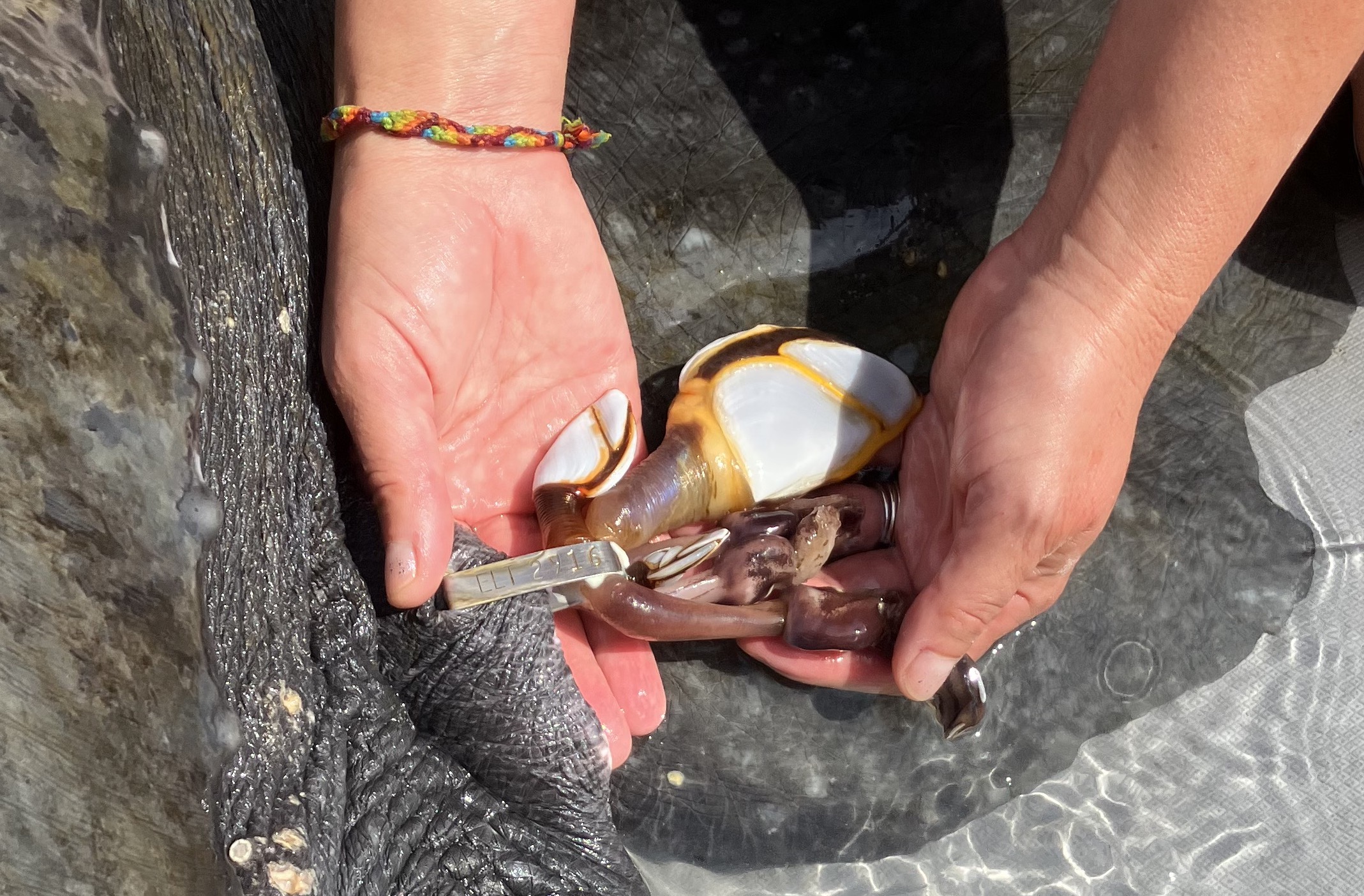
What have you learned from the tags?
The good news is that most of the turtles in the study survived after they were disentangled! Six out of seven turtles survived for at least 30 days based on their survivorship pop-up satellite tags. The two turtles with the real-time satellite tags survived for at least 221 and 341 days before the tag batteries expired. We also had acoustic tag detections of five turtles off the coasts of Massachusetts, North Carolina, South Carolina, Georgia, and Florida that ranged from days to years after the turtles were disentangled. The very first leatherback we tagged for this project, “Maddie,” was recently detected off Florida by a University of South Florida ocean glider almost three years after we released her! Our tag results are consistent with the veterinarian’s health assessments, which indicated that these turtles were likely to survive.
What are some of the challenges of a project like this?
We knew studying the post-release survival of leatherback sea turtles would be difficult. Our team needs to be in the right place at the right time to tag the turtles immediately after disentanglement, and entanglements are unpredictable in when and where they occur. So being nimble and ready at a moment’s notice is key! We’ve had fewer entanglement reports in the last three years compared to the historical average, which means fewer opportunities to tag. We don’t know if this is a true decrease in the actual number of entanglements or if there have just been fewer entanglements reported. Additional challenges included personnel safety during the COVID pandemic and lost opportunities when turtles were cut free by untrained responders.
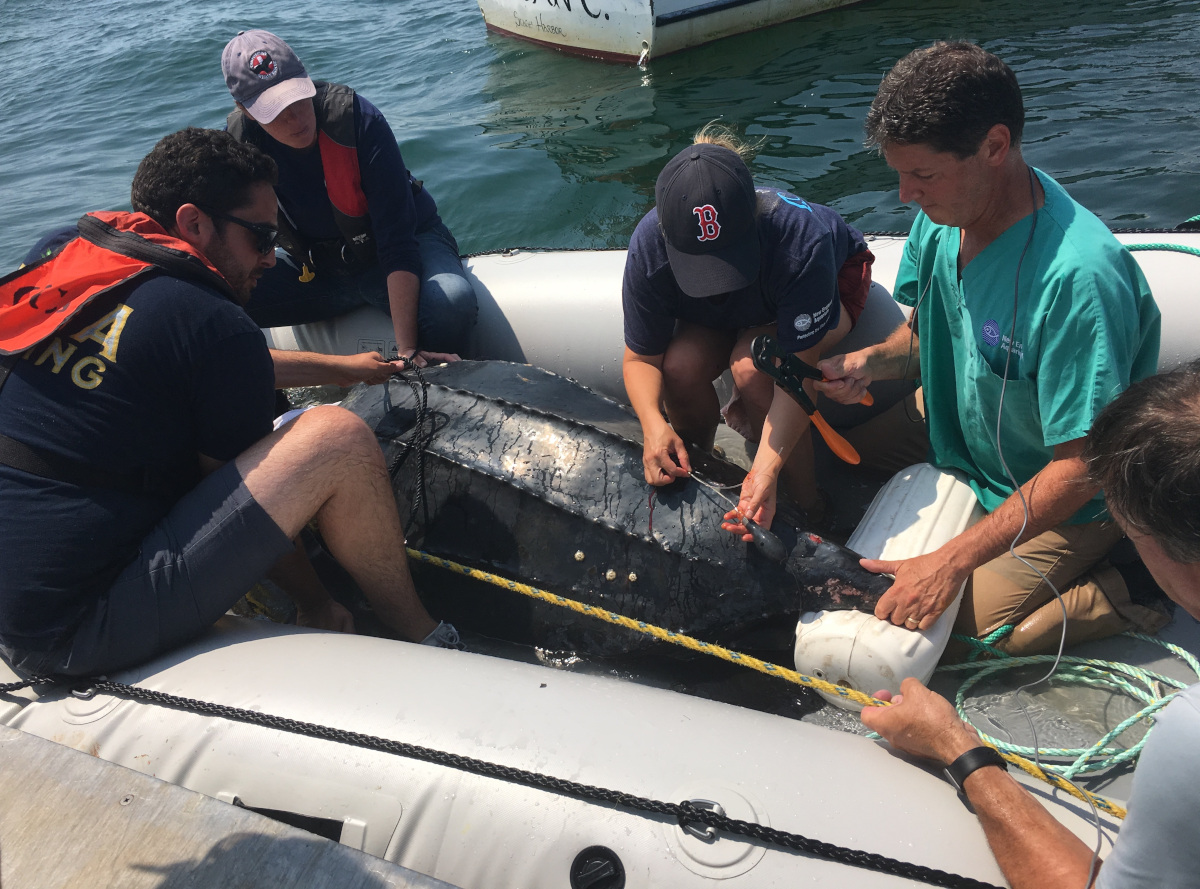
How can the public help?
We rely heavily on the public to report sea turtle entanglements! Over the past 15 years, recreational boaters have been the number-one reporting source for sea turtle entanglements. If you are a Massachusetts boater, following these three simple steps can save a sea turtle’s life:
- Post a lookout whenever you are boating – this will also help prevent accidental boat strikes, which is another source of sea turtle injury.
- Report sea turtle entanglements immediately to the Center for Coastal Studies (1-800-900-3622) or the US Coast Guard via marine radio on Channel 16.
- Stand by the turtle at a safe distance until trained responders arrive – don’t try to disentangle the turtle yourself, as this often results in partially disentangled turtles that don’t survive.
That’s it! Our data shows that recreational boaters who follow these steps have saved over 100 leatherback sea turtles.
This work was funded by the Massachusetts Environmental Trust and NOAA Bycatch Reduction Engineering Program (Award # NA21NMF4720531). Research was conducted under NMFS Permit #21301, and disentanglement was authorized under NOAA 50 CFR Part 222.310.

Learn more at whaleplate.org

